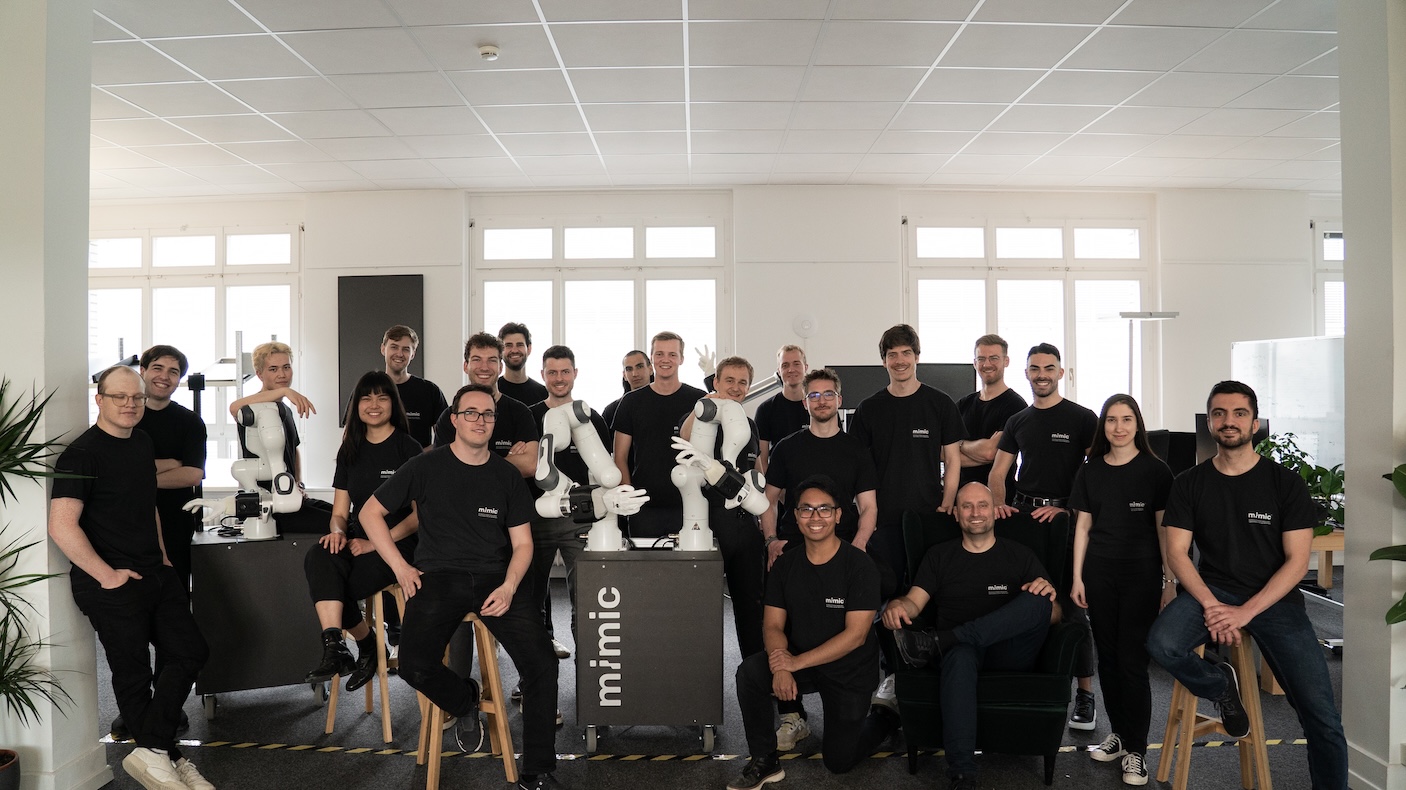How Do Deep Tech Companies find Product-Market Fit?
Learnings from TechCrunch Disrupt 2014 winner Crate.io
The only thing that matters is getting to product-market fit… Product-market fit means being in a good market with a product that can satisfy that market.
— Marc Andreessen
Founders obsess about achieving revenue or growth targets as a key measure of startup success. While this obsession is justified, growing without having product-market fit often ends in a money burning steam machine destined to ultimately fail.
Before the story of growth comes a journey of discovery. Going from turning an idea (based on an actual problem) into a product serving a market potentially large enough to allow a thriving business. This journey is the challenging way to find product-market fit.
In order to learn from a real-life example, we invited serial entrepreneur, Jodok Batlogg, to share his story and learnings with our community. In his former position as the CTO of StudiVZ, Germany’s largest social network pre-Facebook, he observed that one of their biggest problems back then was data storage. Four years later, in 2013, he worked on a solution for this issue with a prototype of CrateDB. Despite riding two hype waves early on by being #1 on Hacker News and winning TechCrunch Disrupt Europe 2014, it took the team five years to find a product-market fit. This is the story of a pivot from an open source database to an enterprise-focused industrial IoT company.
Top 3 Takeaways: Listen to our full chat with Jodok below

#1: Find a customer segment desperate for your product (Minute 24:00)
Crate has come a long way in search of product-market fit. After successfully doing the first €600k in annual recurring revenue from founder sales, they celebrated their winning streak. They hired a sales team in the US, confidently looking ahead and already picturing their potential Series A success.
Little did they know that this sales team would not make a single sale of their new enterprise product throughout a period of 10 months. In doubt of product-market fit, they realized that they needed to find the power users of their product, how these power users were using it, and why Crate solved the user’s desperation.

The figure above was just one part of a comprehensive and opinion-shattering survey Crate did during their user discovery. They found that their product wasn’t used as a general-purpose database as the team expected, but rather found its application in handling data from IoT devices in mostly time-series formats.
#2: Listen and understand the right users (Minute 42:00)

An open-source strategy can turbocharge product development. However, what do you do if you are going in circles due to the barrage of feedback you are receiving? When Crate pivoted, their extensive user research efforts helped the team to realize that they need to draw distinctions in the incoming feedback.
This turned out to be a crucial realization that allowed them to properly prioritize scarce company resources and prioritize features on the product roadmap that mattered most to paid users. In order to be closer to the user, they also formed a carefully selected customer advisory board with sophisticated user stories focusing on product-market fit for their paying customers.

#3: Get honest feedback from users (Minute 14:50)
People tend to hide their honest opinion in order to not hurt your feelings. One should use the ‘Mom’s test’ to get the feedback you can use to truly improve and make significant progress. The Mom’s test is an idea evaluation framework that discusses the lives of your customers instead of framing the conversation within the features of your product. It helps you to explore specifics and pain points of the past instead of generics and possibilities of the future.
- Always prepare three critical questions and try to shape the conversation around them with your (non-leading) questions.
- One of the questions should be built around your product failing, hidden in a generic question.
- Focus on actively listening, rather than talking!
This video is a quick and easy digest explaining the communication and interpretation of how the “Mom’s test” works in action.
Enough foreshadowing, listen to the FULL episode here:
Learn more about the Speedinvest Deep Tech team and sign up for our newsletters to get our exclusive content delivered straight to your inbox.












.svg)
